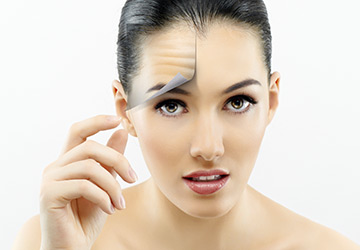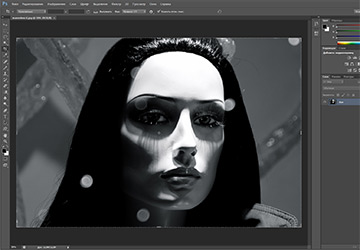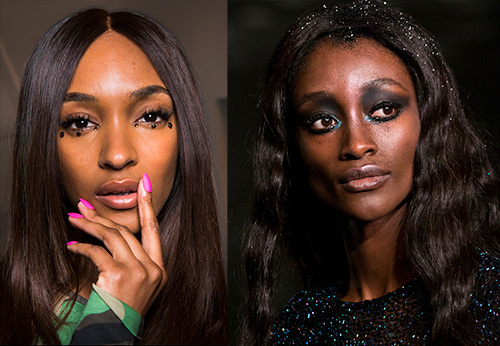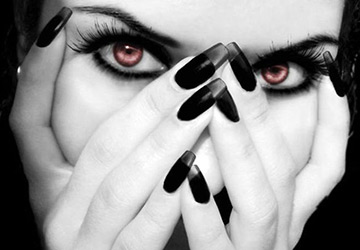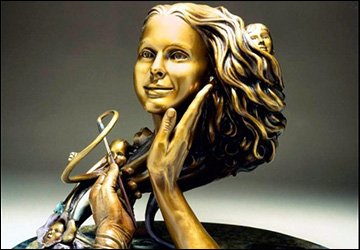Art
What is beauty and how to distinguish real beauty
“Beauty is a kind of radiance.
People who have a true inner
beauty, their eyes are brighter, their skin is more hydrated.
They vibrate at a different frequency. "
Cameron Diaz
People who have a true inner
beauty, their eyes are brighter, their skin is more hydrated.
They vibrate at a different frequency. "
Cameron Diaz
What is beauty? Why do people from ancient times adorn themselves with flowers or beads made of colored stones? Why are works of art created - from drawings of animals on the walls of caves to works of contemporary artists? How do we understand that this particular face or the picture is beautiful, but that vase does not look very attractive? And why do we do this it's important to be beautiful and surround yourself with beautiful objects?
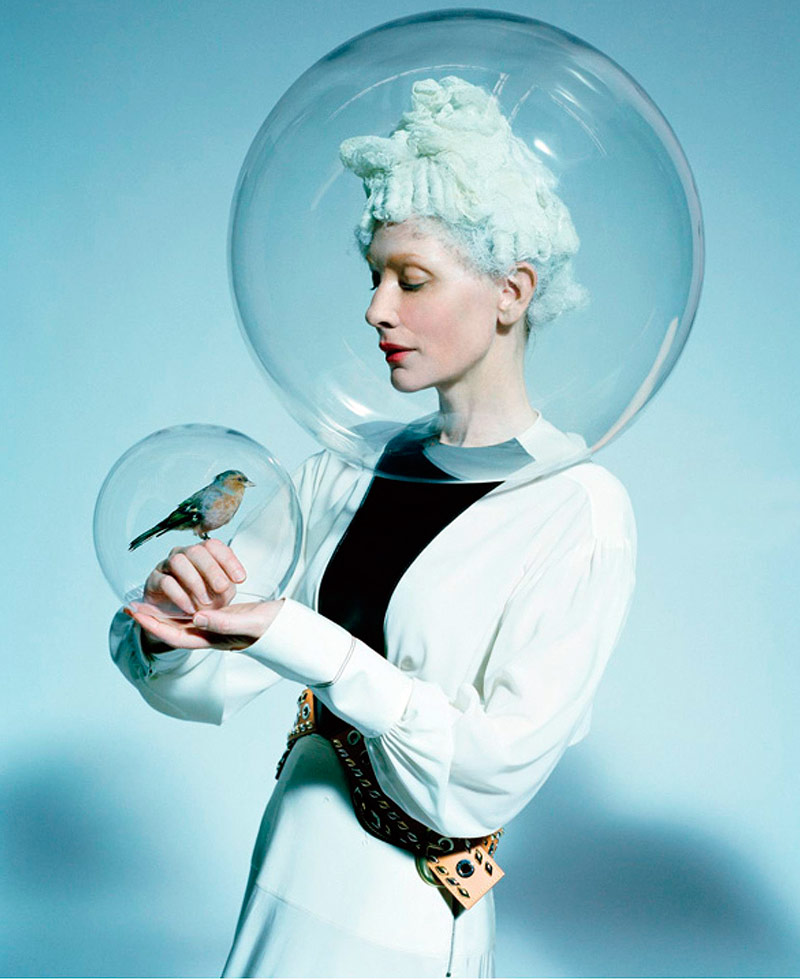
Photographer Tim Walker, W magazine, 2024
Throughout the history of mankind, philosophers, art critics and artists have tried to answer these questions. We thought about what beauty is, actors, fashion designers, models, writers ...
Beauty is eternity that lasts for a moment.
Albert Camus
Beauty becomes alive
and interesting when hidden by clothing.
Monica Bellucci
There is even a whole science - aesthetics. She studies the essence of beauty in art, in nature, in life. The very word "aesthetics" from the ancient Greek language is translated as "feeling, sensory perception." And although aesthetics is a philosophical direction, the idea that we perceive beauty not by reason (logically), but through emotions, feelings is also close to modern neurophysiology.
From philosophy to brain sciences
So how do we see beauty? As a matter of fact, like the whole world around us - with our eyes. And we see, frankly, very bad.
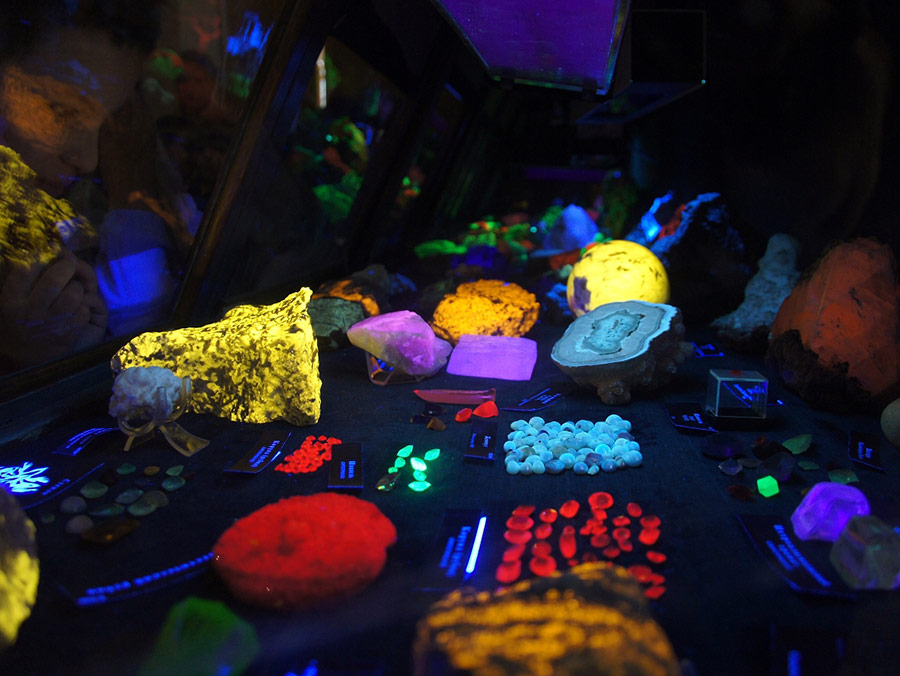
Luminescence of minerals in ultraviolet radiation
Fersman Mineralogical Museum
Photo by I. P. Vtorov (Wikipedia)
We only see what is happening right in front of our nose. We do not have the lateral vision of compound eyes, as, for example, insects. This is such a vision with an almost all-round vision and a 3d effect. We also don't see all colors. Unlike the same insects. The human eye distinguishes 7 colors of the rainbow or the light of the wavelength we see - 400-700 nm. The faceted eye of insects allows them to see ultraviolet radiation - wavelengths from 10 to 400 nm.
The fashionable color of 2024, ultraviolet, would clearly have come
to the taste of bees and ants, if, of course, they knew about fashion
to the taste of bees and ants, if, of course, they knew about fashion
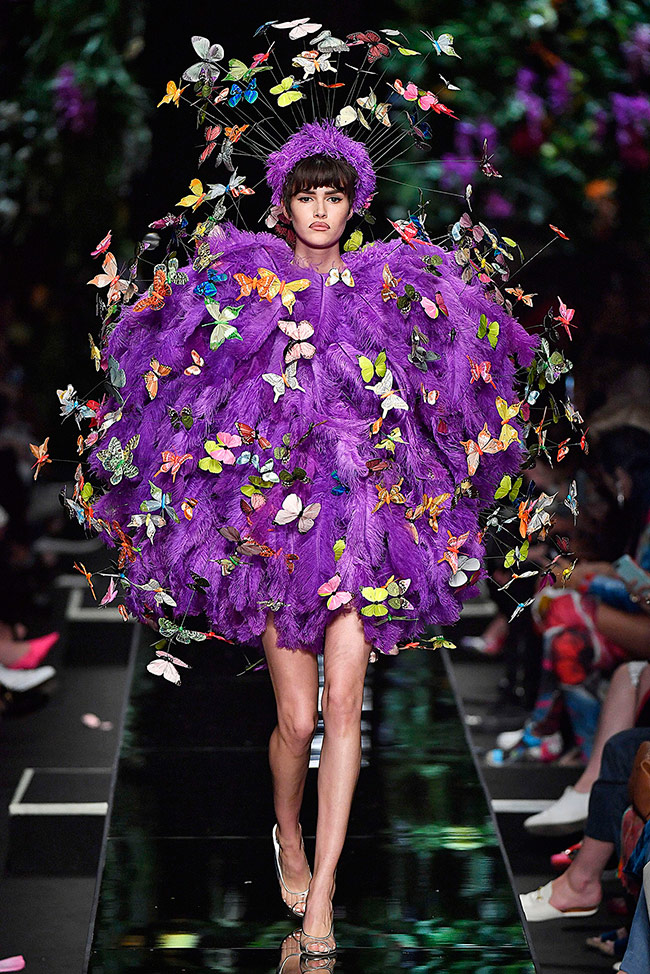
Also, we do not see the whole picture of the world around us at once and entirely. But here it is not our eyes that are to blame, but our brain. After all, our brain is a great dreamer - it completes the image.
"According to rzelulattas, Ilsseovadny odongo anligysokgo unviertiseta, it is not a matter of fact, there are bkuvs in solva in kokam pryokda."
Could you read the paragraph above? This is how it works. Our eyes do not see everything at once, they fix only the basic elements that make it possible to distinguish, for example, a table from a bed, and everything else, based on previously received information about these objects, completes our brain.
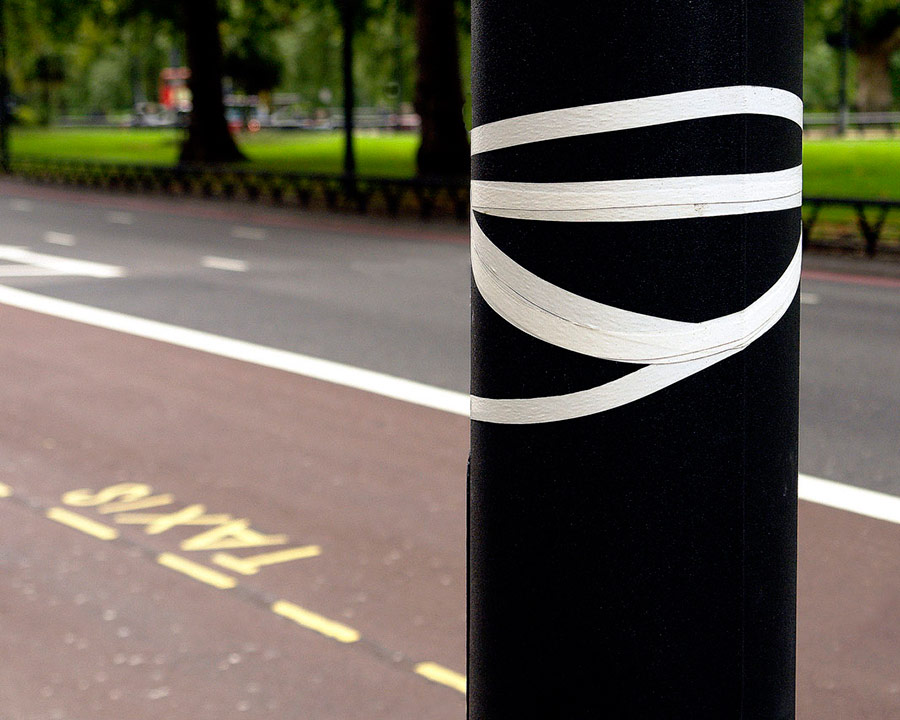
Photographer Siegfried Hansen
An example of the illusion of perception
Do you know what is the main difference between hallucinations and real perception? Persistence of events and objects. But when we see hallucinations or just dream, events and objects can move in any direction. Our imagination is built on this principle (movement of events and objects in any direction).
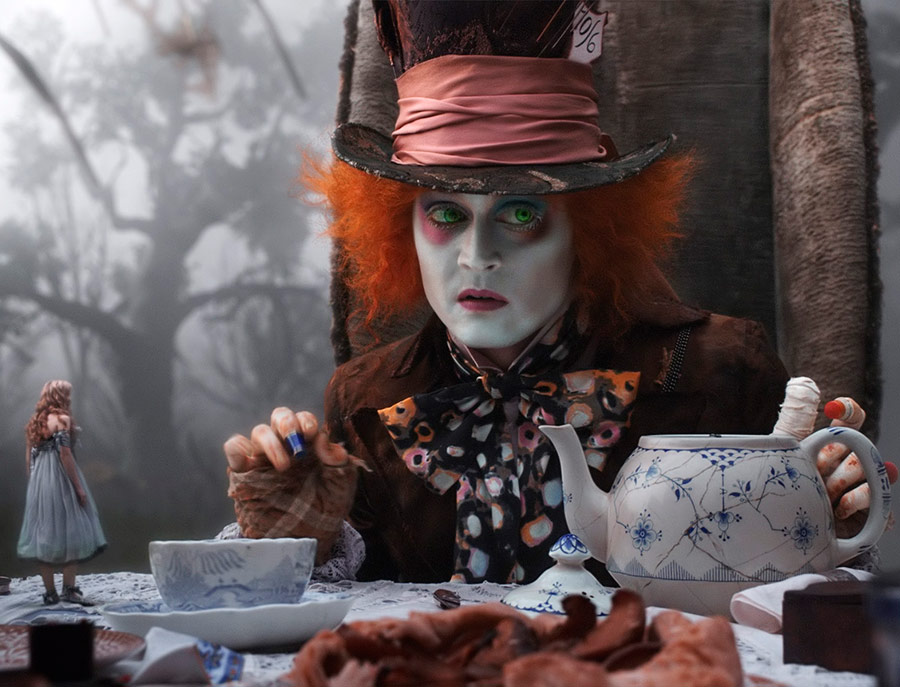
Shot from the movie "Alice in Wonderland" 2010
Imagination
It is imagination that allows us to create works of art - from children's drawings to outstanding architectural monuments such as Neuschwanstein Castle.
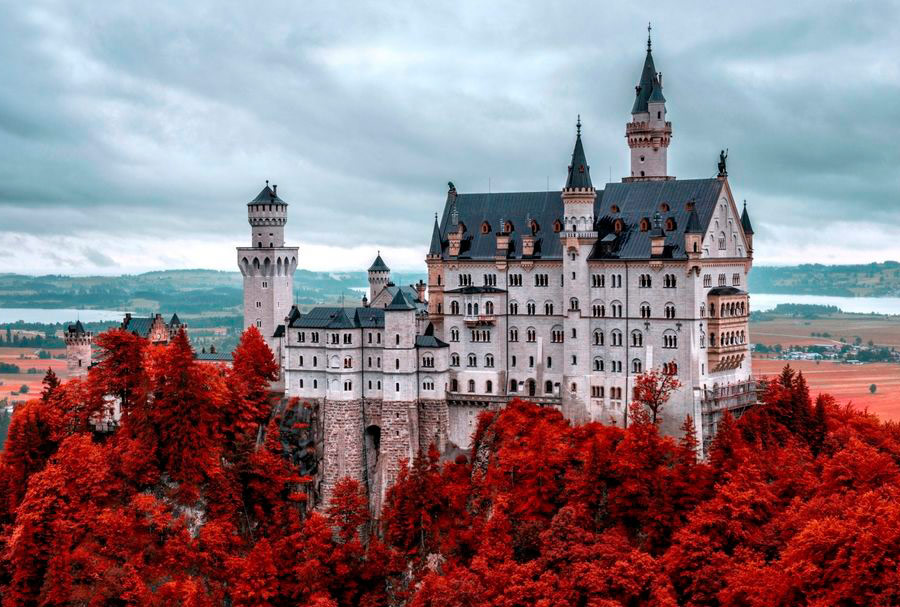
Neuschwanstein Castle
Neurophysiologists say that visual imagination is a unique human ability. It is designed to rehearse future actions in your mind without risks and consequences.For example, hunting for large animals, the same mammoth. After all, initially our brain helped us survive. And only then we began to use it for other purposes.
And as soon as we began to use our brain "for other purposes" (that is, not only for survival), art and ideas about beauty appeared. Such is the side effect of evolution.
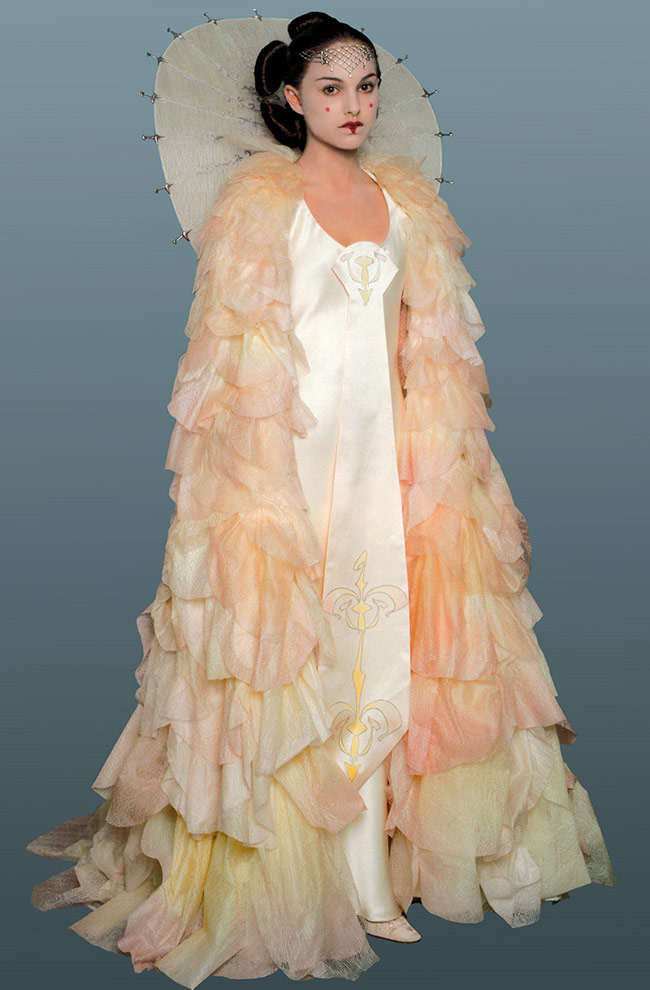
Costumes Can Evolve
Star Wars Padmé costume - a bit of Japanese costume and makeup, a bit of Spanish collars of the 17th century, white color of 19th century romanticism and a new costume for the inhabitants of other planets is ready
Beauty as a side effect of evolution
All art historians, designers and artists know that there are certain laws, following which you can create paintings, sculptures or clothes that will look great and people like. It is not for nothing that the Academies of Arts study the laws of composition and, for example, color science.

Raphael
"Sistine Madonna"
So, if you group, for example, objects next to each other (remember still lifes) or shades of the same color, then the works of art will look like something whole and complete. The same is with clothes, things should be of the same style, very often we select colors that are not much different from each other (dark to dark, light to light).
Beauty is always safe
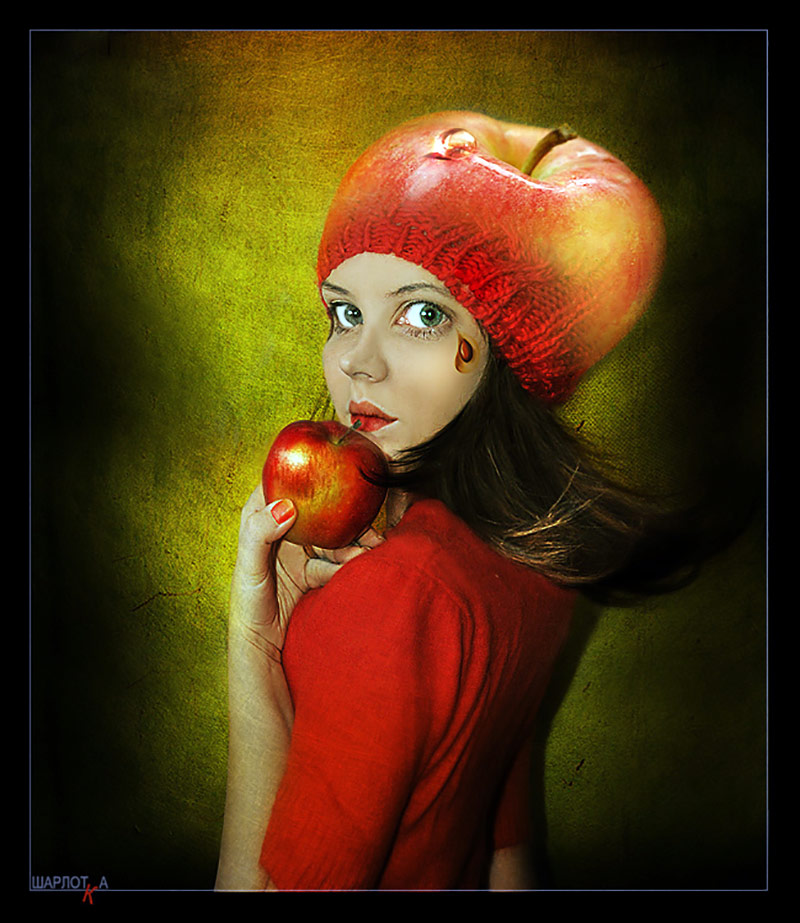
"Charlotte"
Photographer Katya Rashkevich
And this is no coincidence. Our brains were originally designed to notice disguised objects. For example, a dangerous predator hiding behind trees. And that's why we love to put together similar elements. Mark the boundaries of objects to feel safe.
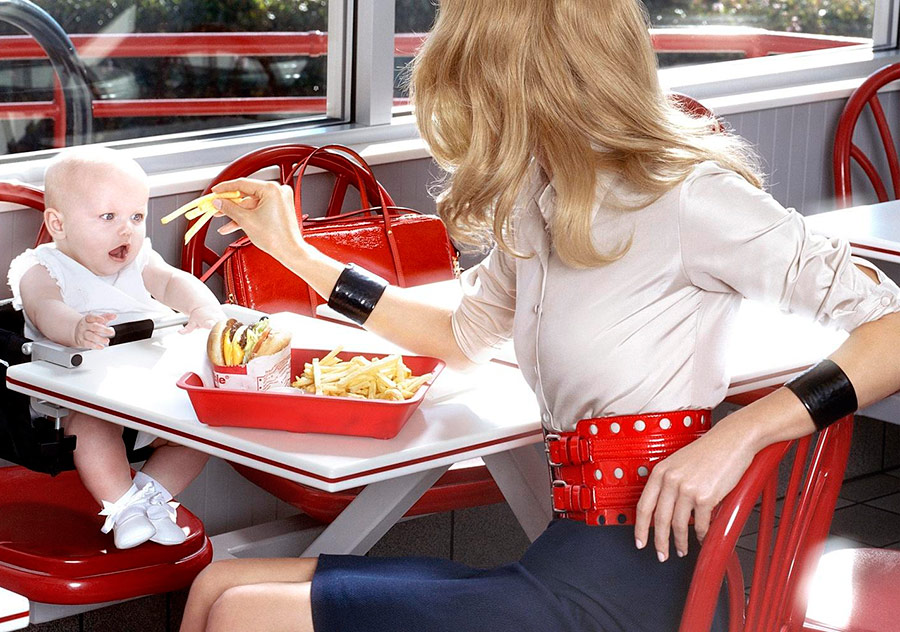
Photographer Miles Aldridge
Also, all designers and artists are aware of contrast (opposite colors). Contrast always looks great and, most importantly, grabs attention. Remember the berries, the berries are red and they are on a green background - this is the contrast. Contrast helps you see the edges of objects, while grouping finds masked objects. All of this was extremely important for survival. And our brain reacts very well to these features.
Group into a single whole and divide with contrast - it will be beautiful
Today, any good stylist will use contrast to define the boundaries of a costume. For example, a pink brooch on a red blouse will not be noticeable, it will merge with it into a single whole. Contrast is needed here - a blue brooch.
But yellow shoes for a yellow bag and a yellow belt on a black dress, as well as gold rings and a chain, for example, will make your image complete (grouping), demonstrating unity. We do the same (grouping, namely, creating a sense of integrity) when we put on a red blouse and a blue scarf, but, for example, with red polka dots.
The simpler, the more beautiful
We all know that you shouldn't put on everything at once - it will look vulgar and funny. The simpler our image, the better it looks. Think of Coco Chanel's little black dress and a string of pearls.
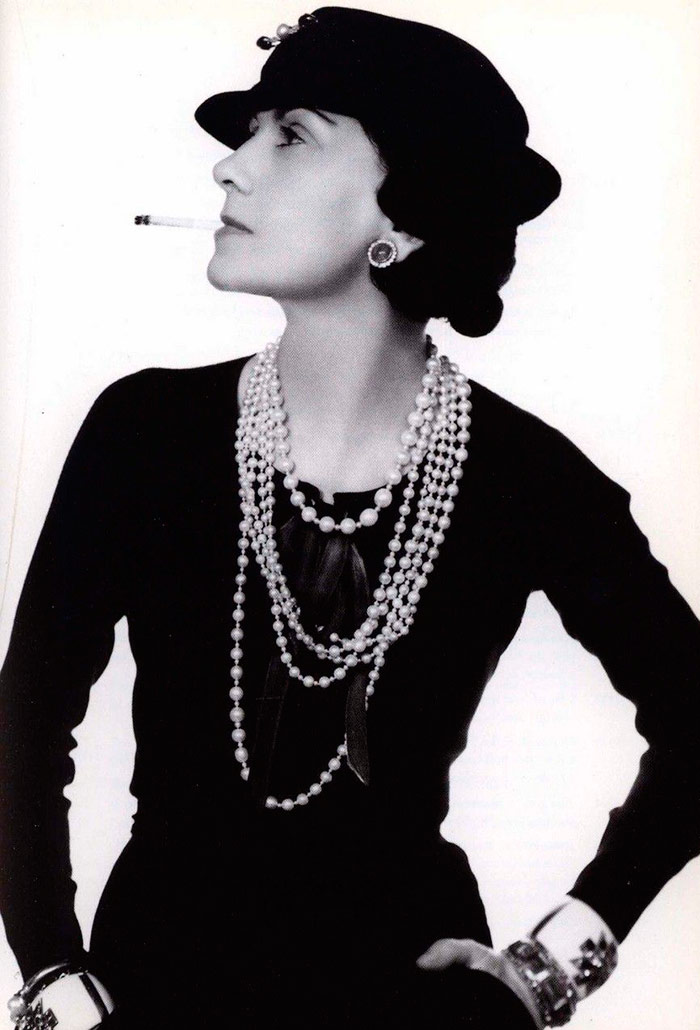
Compare
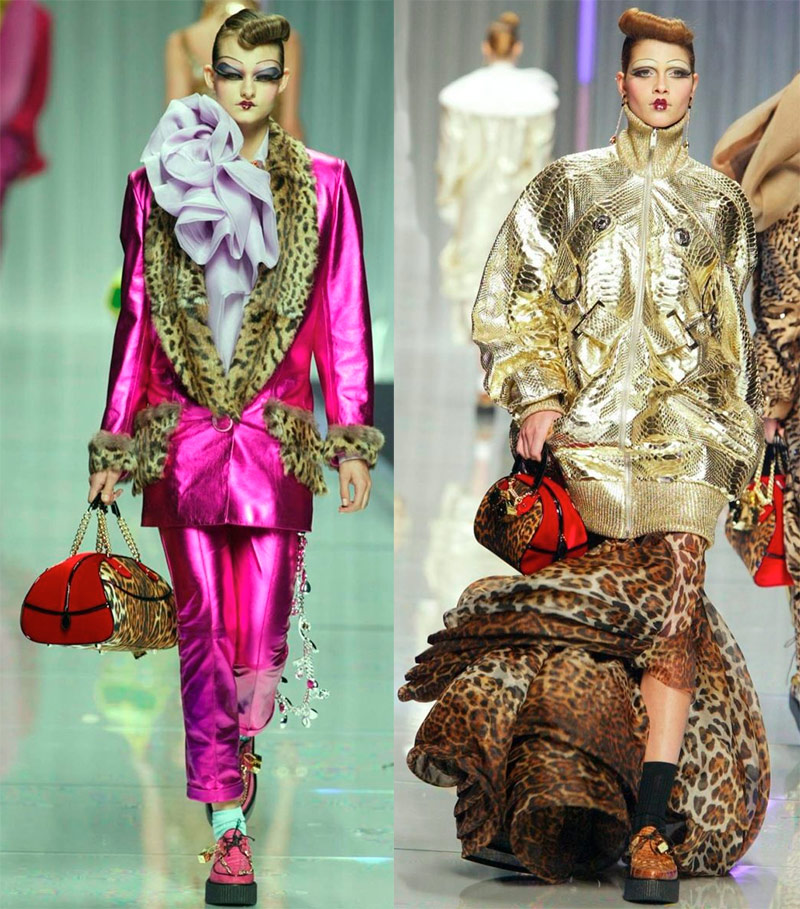
The same applies to the Japanese aesthetic principle of wabi sabi - "unassuming simplicity."
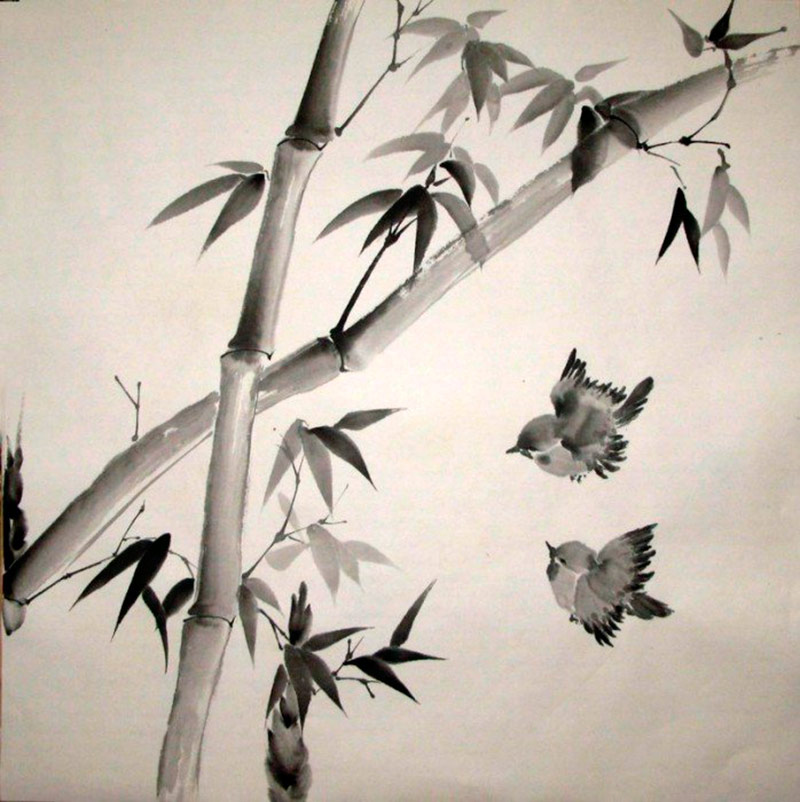
The principle of wabi-sabi in ink painting Sumi-e
This is also not without the peculiarities of our brain. Our brain has a limit of attention. "There are many of you, I am alone" - the brain grumbles at the sight of a motley-dressed man.
There are 100 billion nerve cells in our brain, but only a small group of them can be active at any given time.

Photographer Tim Walker, W magazine, 2024
And that is why (the limited attention span of our brain) a sketch can look more beautiful than a huge painting with many details and colors. More attention is needed to perceive a complete picture than to perceive a sketch. The same is with clothes, the more textures and colors, the faster we get tired. The simpler and more concise the image, the better it is perceived - our brain is resting.
Be simpler and people will reach out to you
Not only true for description
your behavior, but also for your clothes
Another interesting property of our brain is that we love solving puzzles.
To be more attractive, you need to become less visible.
And here we come back to hallucinations. And imagination. Our brain, all the time, when we look at the world around us, resolves ambiguities, compares models, tests hypotheses. And the understatement will always be of interest to us, and this is true for any work of art.
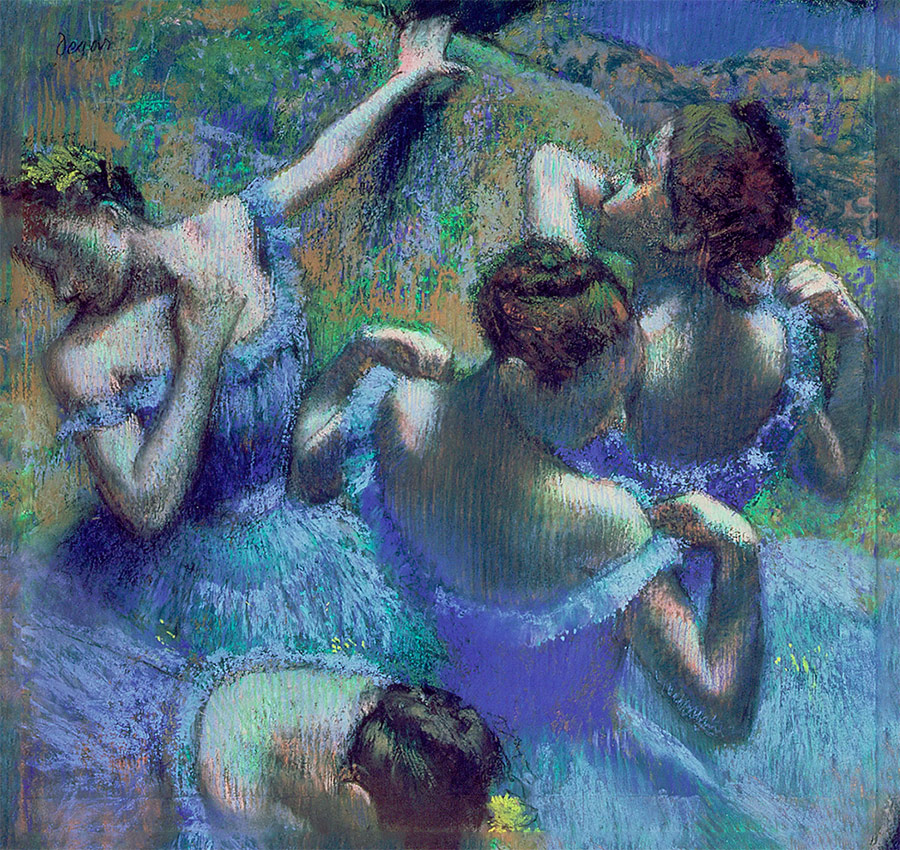
Edgar Degas
"Blue dancers"
Rule of thirds or no uniqueness
You have Instagram, which means you know the rule of thirds. Remember the mesh that appears when you edit photos. The rule of thirds is to move objects away from center. For example, if there is only one large object in the photo, it is recommended to place it slightly to the left of the center.
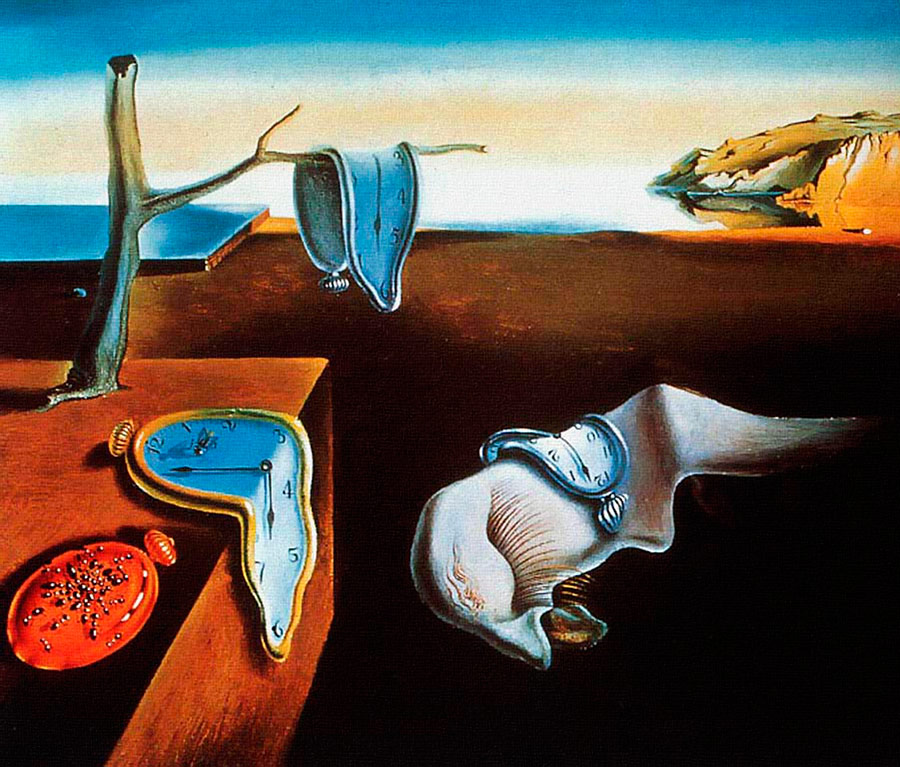
S. Dali
"The constancy of time"
Rule of thirds
The thing is, and again we remember hallucinations and that the brain is completing the picture of the world around us, that we tend to look for coincidences and if we do not find them, this causes concern. The arrangement of objects in space that we see in paintings or photographs should be similar to what we can see in real life. For example, a tree is directly in the center in front of us, and on the sides there are two hills, we are unlikely to see every day (this is a very suspicious coincidence for our brain), but a tree to the left or to the right of these hills is more understandable to us.

Tree (palm) and hills
Picture from the book “The Brain Tells. What makes us human "
By Vileyanur S. Ramachandran
If you suddenly become more interested in the work of the brain
the concept of beauty, or are you just tired of this article,
drop an article - read a book
the concept of beauty, or are you just tired of this article,
drop an article - read a book
And finally, symmetry. We love symmetry. And there are biological reasons for this. First, our vision and brain are initially aimed at fixing living objects. Those objects from which you need to run away, or vice versa, those that can be eaten. And all living organisms are characterized by symmetry - two ears, four paws, and so on.
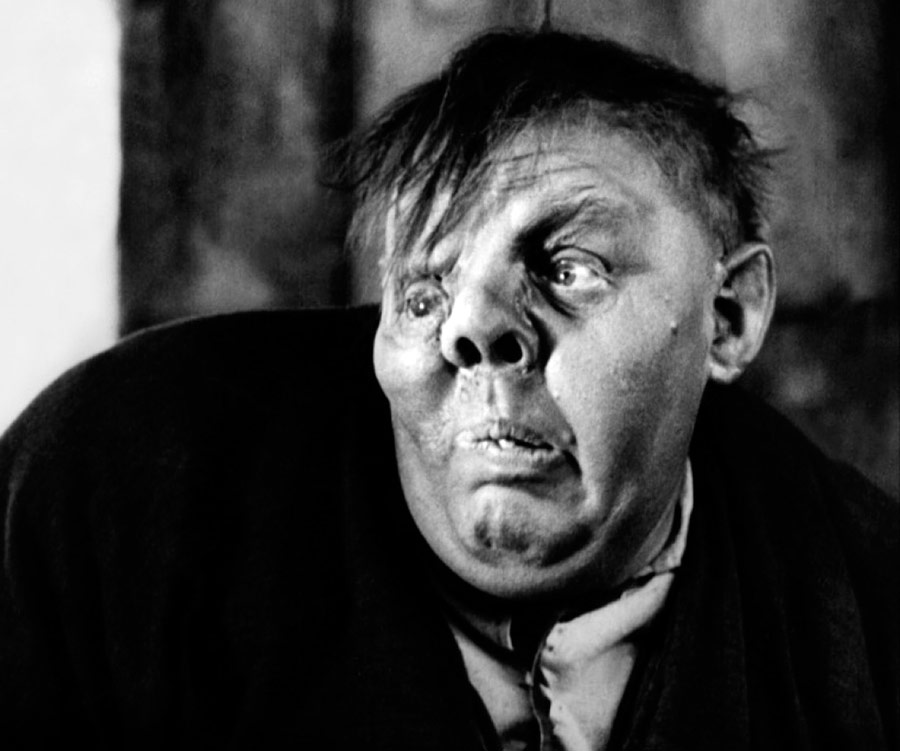
Quasimodo
Another reason is parasites and diseases. Both very often cause asymmetry. For procreation, healthy parents are needed, asymmetry is a sign of disease. We prefer symmetry in everything, and it seems beautiful to us.
We like symmetrical faces
there is symmetry in artwork too
there is symmetry in artwork too
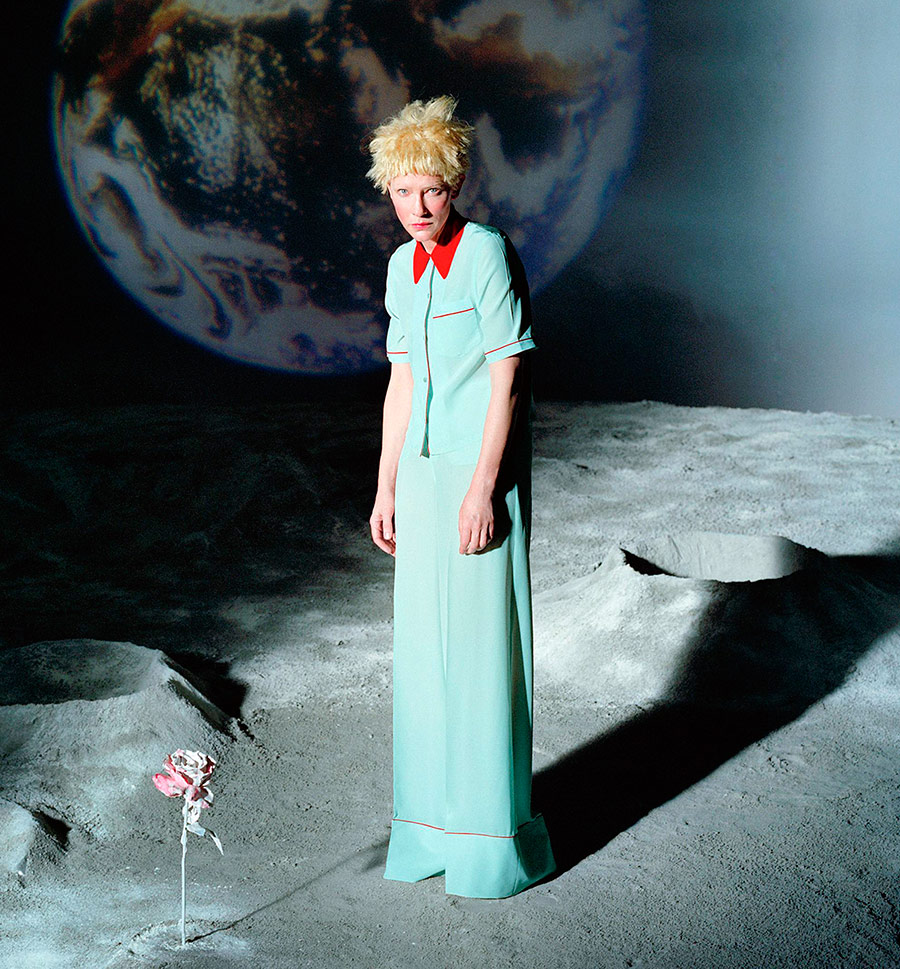
Photographer Tim Walker, W magazine, 2024
Thus, according to science, beauty is a side effect of evolution and our acquired ability to use things, including our own brain, not for their direct functional purpose, but with fantasy.
Comments and Reviews
Add a comment
Rating news
Shades of clothing that make women look younger
What shades of hair make women younger: rules and photos
Funny wedding dresses - photos and ideas
12 most expensive down jackets for the winter
How to look 25 at 40: tips from supermodels
Beautiful schoolgirls
Anti-aging haircuts and hairstyles for women
Fashionable skirts for autumn and winter
Fashionable women's trousers for the cold season
Fashionable and stylish sandals for summer 2024
Spring-summer 2024
 Fashionable dresses and tops with thin spaghetti straps
Fashionable dresses and tops with thin spaghetti straps
 Bandana tops: how to wear stylishly and beautifully
Bandana tops: how to wear stylishly and beautifully
 How to put together the perfect men's wardrobe for the summer
How to put together the perfect men's wardrobe for the summer
 Trendy shorts for spring-summer 2024
Trendy shorts for spring-summer 2024
 Fashionable skirts for spring-summer 2024: a guide to online shopping
Fashionable skirts for spring-summer 2024: a guide to online shopping
 The most fashionable dresses spring-summer 2024: styles and colors
The most fashionable dresses spring-summer 2024: styles and colors
 Fashionable total look 2024: image ideas and trends
Fashionable total look 2024: image ideas and trends

